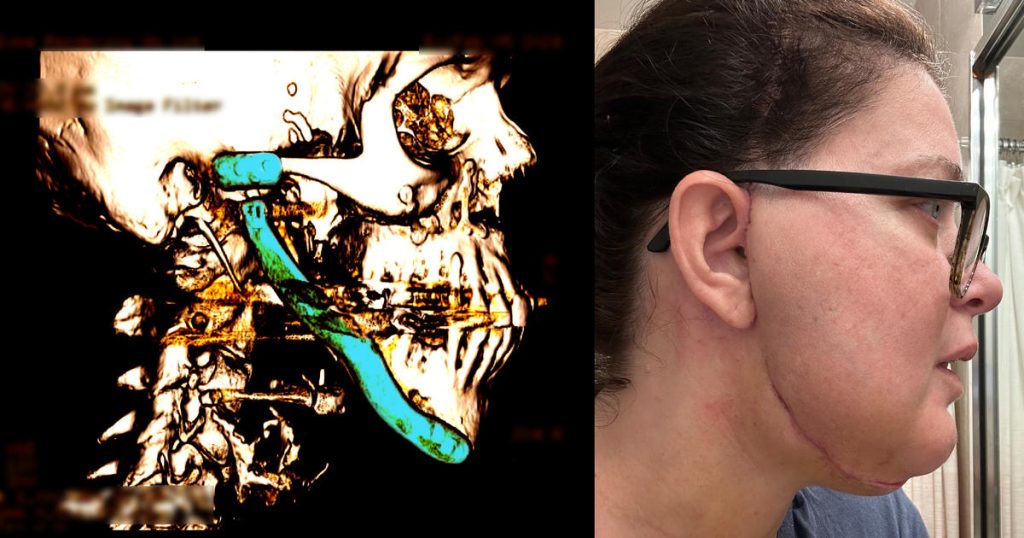Temporomandibular joint disorders, known as TMJ or TMD, can be a debilitating condition that affects up to 33 million Americans. Despite close to a century of attempts by dentists to heal TMJ patients, the disorders remain misunderstood, under-researched, and ineffectively treated. Patients often undergo multiple surgeries with diminishing returns, with some even having their jaw joints replaced with metal hinges. Women are more likely to suffer from severe TMJ symptoms, which can range from discomfort to disabling pain and stiffness in the jaw and face.
The treatment of TMJ disorders with splints, orthodontics, and other methods is based on strongly held beliefs rather than compelling scientific evidence. Patients often find themselves in a spiral of treatments that worsen their pain and regret the care they have received. Despite the high prevalence and impact of TMJ disorders, most healthcare professionals, including dentists, have received minimal or no training on the condition. Patients feel trapped by escalating treatments that fail to provide relief and may cause harm, leading to a lack of understanding of the disease.
TMJ disorders have historically been dismissed as neither serious nor complex, particularly affecting women in their 20s and 30s. This bias has led to a lack of research into the causes and treatments of TMJ, resulting in inadequate care for patients. Female patients report feeling patronized or trivialized by male health care providers and are often blamed for their own pain. The lack of research and knowledge about TMJ disorders has affected the progress of treatment and the provision of compassionate care to patients.
Many of the treatments commonly used for TMJ, such as dental splints, drugs, and surgeries, have been found to have mixed results or potentially harmful effects. The use of total jaw replacements with synthetic implants is a last-resort option for some patients, but the success rate is low, with many implants ultimately proving ineffective. Patients may experience complications, infections, or allergic reactions to the implants, leading to further suffering and limitations in jaw function. The lack of proven treatments and the prevalence of ineffective care highlight the urgent need for more research and funding for TMJ disorders.
The American Dental Association and other organizations have acknowledged the challenges in treating TMJ disorders and have called for improved education and research funding. The NIH has increased funding for TMJ research and launched initiatives to address gaps in knowledge and care. Patients with severe TMJ symptoms who have undergone multiple surgeries and treatments share their experiences of enduring pain, suffering nerve damage, and living with limited jaw function. The emotional and physical toll of TMJ disorders is significant, highlighting the need for a more compassionate and evidence-based approach to care.
To improve care for TMJ patients, a comprehensive approach is needed that prioritizes patient well-being, evidence-based treatments, and ongoing research into the causes and mechanisms of the disorder. Patients like Jenny Feldman and Tricia Kalinowski, who have undergone numerous surgeries and treatments without relief, highlight the urgent need for effective and compassionate care for those suffering from TMJ disorders. By increasing awareness, education, and research funding, healthcare professionals and policymakers can work towards improving outcomes for patients with TMJ and other chronic pain conditions.


